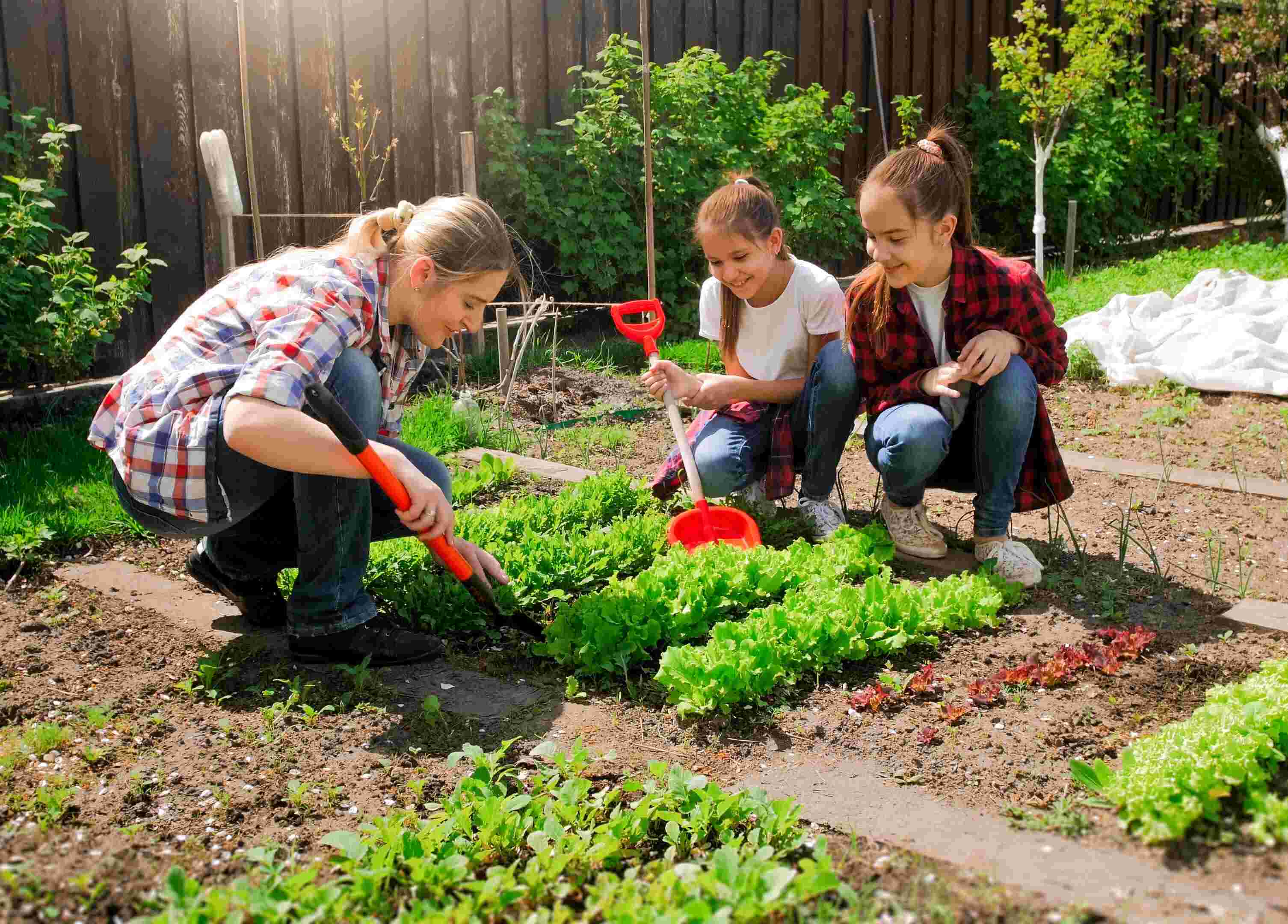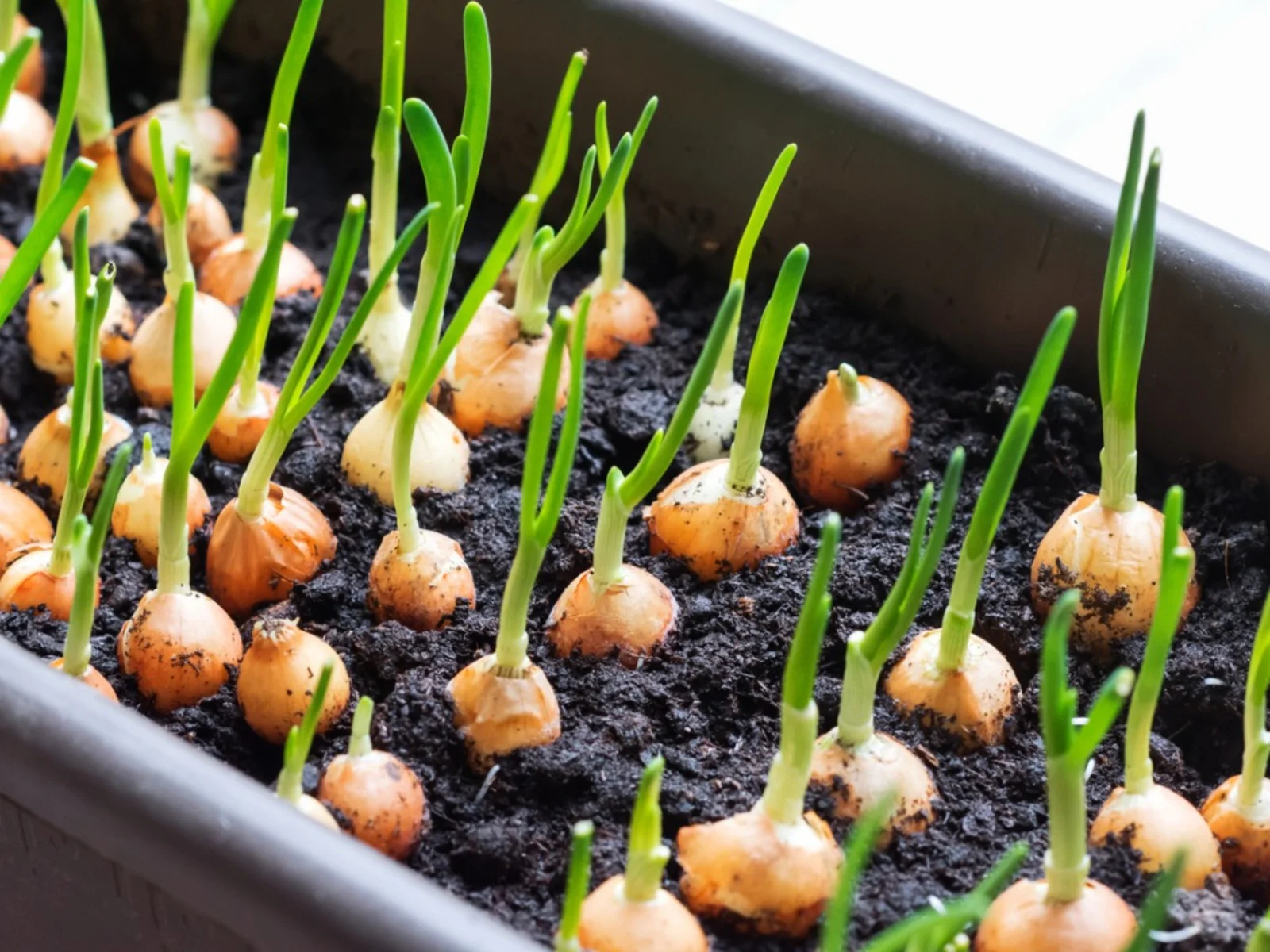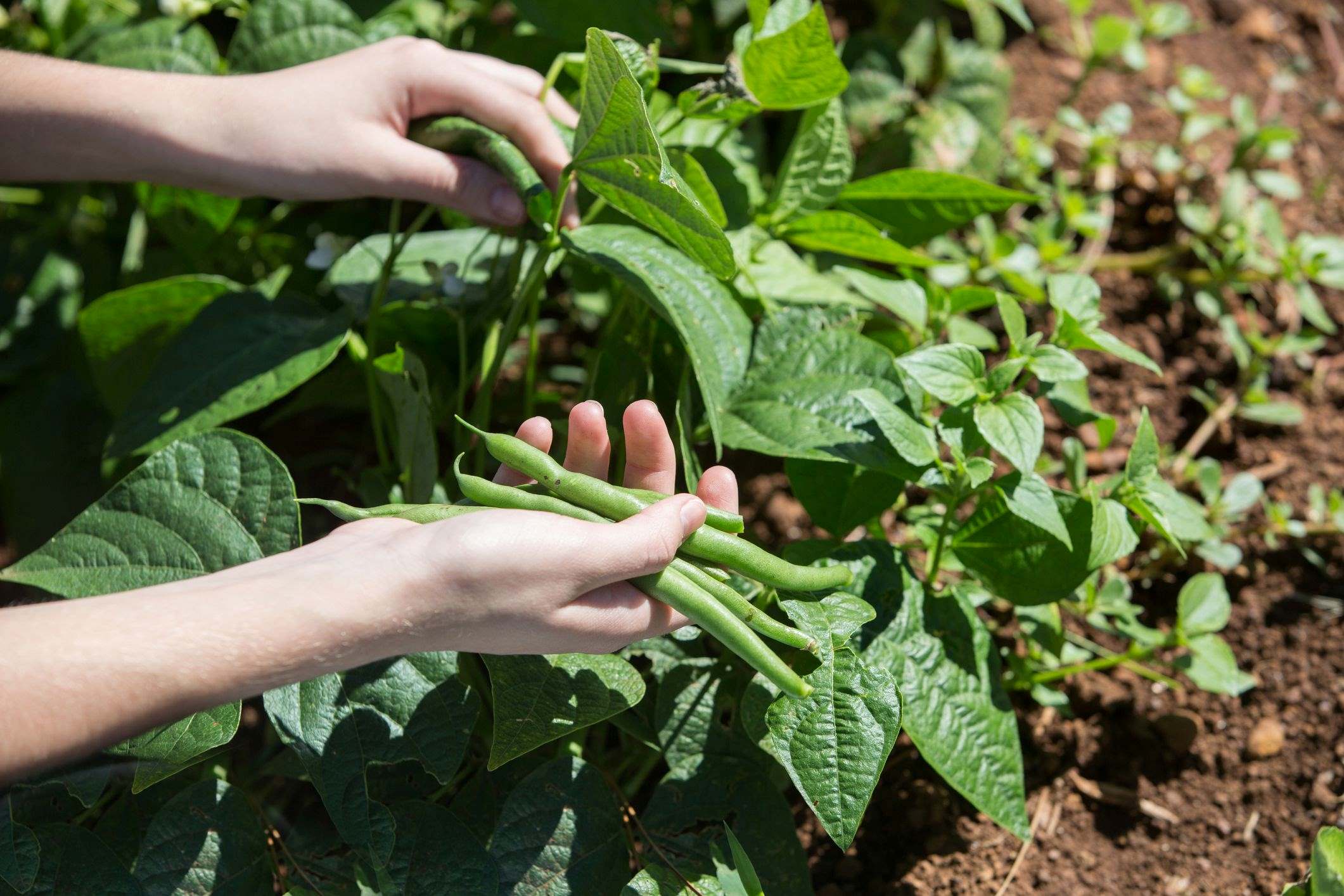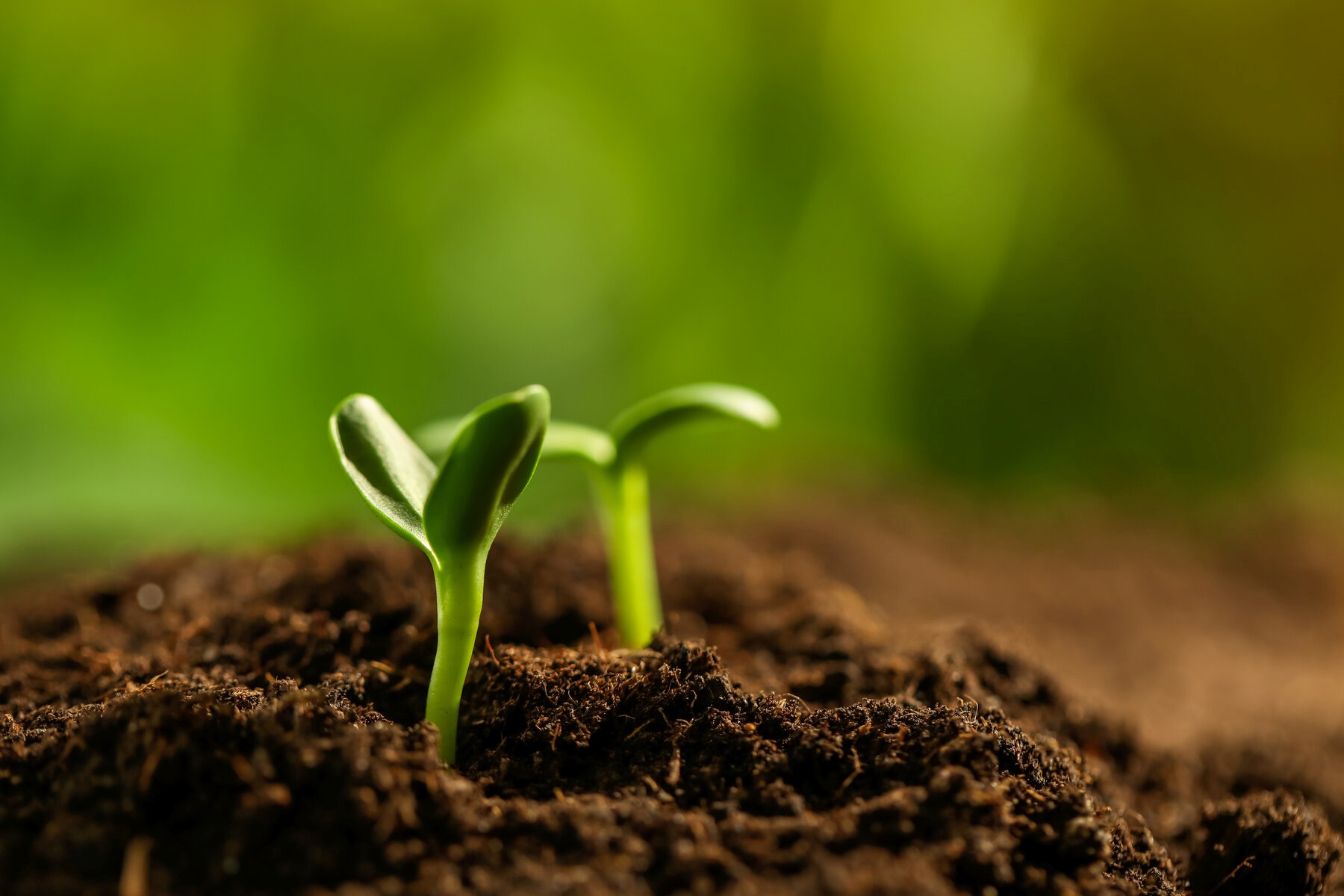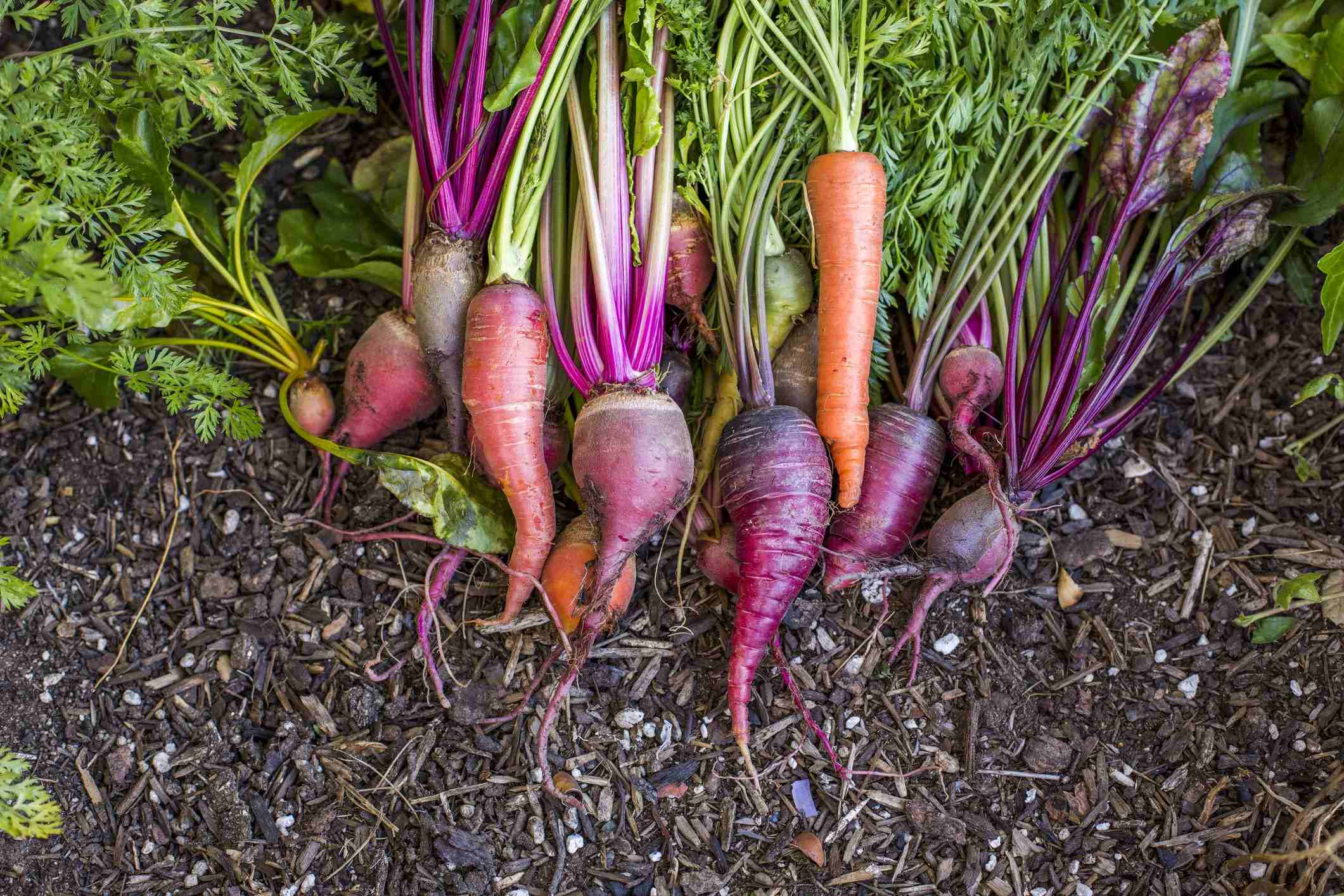Home>Gardening Techniques>Seasonal Gardening>When To Start Planting Seeds
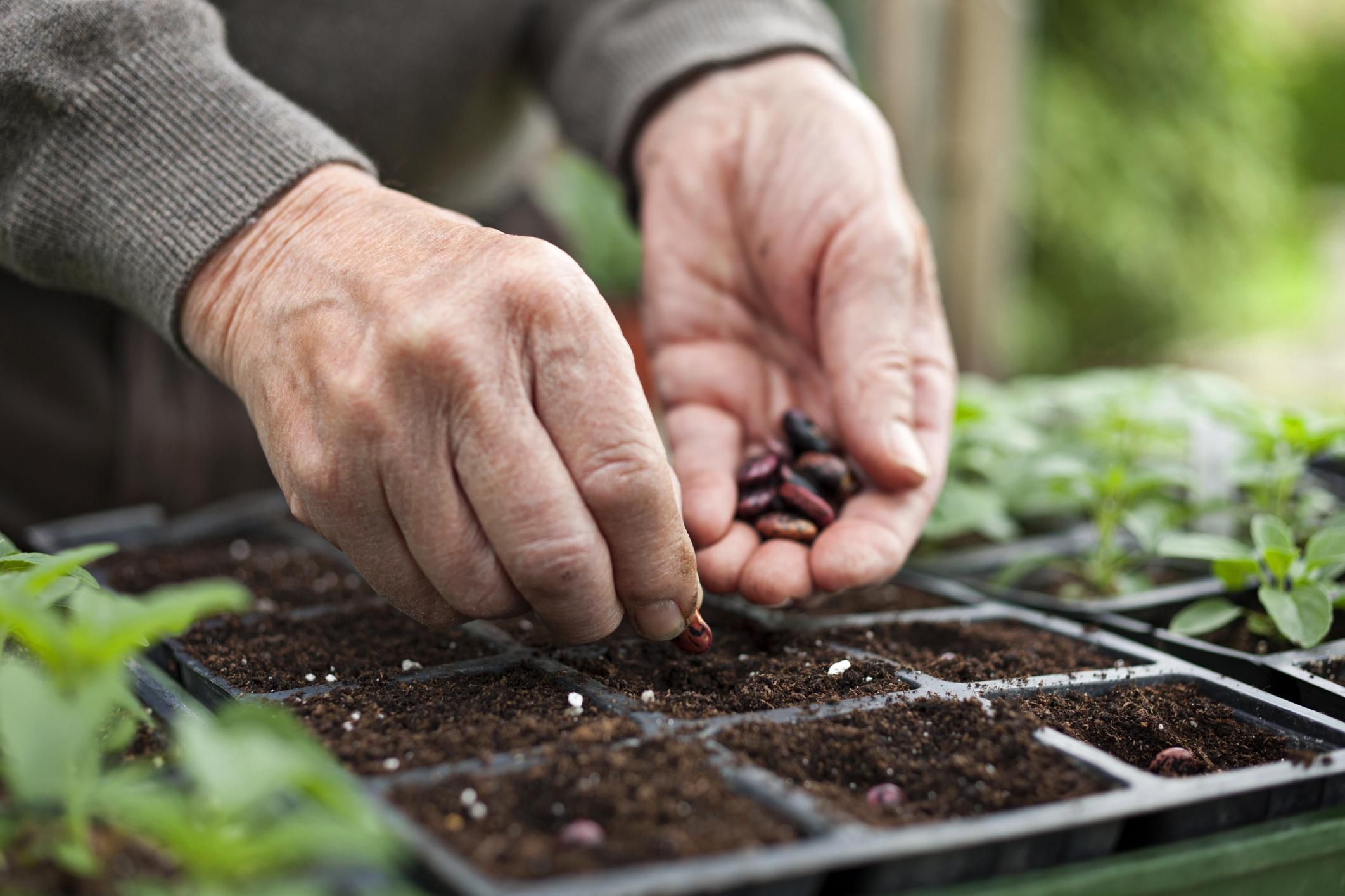

Seasonal Gardening
When To Start Planting Seeds
Modified: January 22, 2024
Learn when the best time is to start planting seeds for your seasonal gardening. Find the optimal planting season and tips for a thriving garden.
(Many of the links in this article redirect to a specific reviewed product. Your purchase of these products through affiliate links helps to generate commission for Chicagolandgardening.com, at no extra cost. Learn more)
Table of Contents
Introduction
Welcome to the exciting world of seasonal gardening! If you are a passionate gardener, you know that each season brings its own unique opportunities and challenges. One key aspect of successful gardening is knowing when to start planting seeds. Understanding the ideal time to sow seeds can make all the difference in the health and productivity of your plants.
Before we delve into the specifics of when to start planting seeds, it’s important to consider a few key factors. These include your local climate, the type of seeds you want to plant, and whether you plan to start seeds indoors or directly in your garden. By taking these factors into account, you can make informed decisions and ensure the best possible outcome for your garden.
Timing is crucial when it comes to planting seeds. Planting too early or too late can result in poor germination rates and stunted growth. This is why it’s important to familiarize yourself with the recommended planting dates for your specific area and plant varieties.
If you’re uncertain about your local climate and its impact on planting times, you can consult the USDA (United States Department of Agriculture) Plant Hardiness Zone Map. This map divides North America into different climate zones based on average annual minimum temperatures. It can be a useful tool in determining the appropriate timing for planting seeds in your region.
Another factor to consider is the type of seeds you want to plant. Different plants have different temperature and sunlight requirements for successful growth. Some plants, like tomatoes and peppers, benefit from an early start indoors to ensure they have enough time to mature in colder regions. Other plants, such as sunflowers or zinnias, can be directly sown into the garden once the soil has warmed up.
Lastly, you must decide whether to start your seeds indoors or directly in your garden. Starting seeds indoors allows you to control the growing conditions and give your plants a head start before transplanting them outside. This method is especially useful for tender annuals or vegetables with long growing seasons. On the other hand, direct seeding is a simpler approach that works well for hardy plants or when the weather is consistently warm.
In the sections that follow, we will dive deeper into the ideal time for starting seeds both indoors and outdoors, providing you with valuable insights and tips to help you achieve gardening success. So, let’s get started and discover the optimal timing for planting seeds!
Factors to Consider Before Planting Seeds
Before you dive into planting seeds, there are several important factors to consider. Taking these factors into account will help you make informed decisions and set yourself up for gardening success.
1. Local Climate: Your local climate plays a crucial role in determining the suitable planting time for seeds. Understanding the average last frost date and the length of your growing season is essential. This information will guide you in determining the optimal time to start planting seeds for different plants, taking into account their temperature and sunlight requirements.
2. Planting Zone: Knowing your planting zone can provide valuable insights into the best planting practices for your region. The USDA Plant Hardiness Zone Map is a fantastic resource that divides the United States into different zones based on average minimum temperatures. By identifying your zone, you can select plant varieties that are well-suited for your specific climate conditions.
3. Seed Type: Different seeds have varying requirements for successful germination and growth. Some seeds, such as cool-season vegetables like lettuce or radishes, can tolerate colder temperatures and can be sown early in the spring. Warm-season crops like tomatoes or peppers, on the other hand, have a longer growth period and benefit from starting indoors well before the last frost date.
4. Soil Temperature: Soil temperature is a crucial factor in seed germination. Each plant species has an ideal soil temperature range for optimum germination. It’s essential to monitor the soil temperature in your garden and wait until it reaches the appropriate range for the seeds you want to sow.
5. Moisture and Drainage: Adequate moisture and proper drainage are essential for seed germination and healthy plant growth. Assessing the moisture level and drainage capabilities of your soil can help you determine the best time to sow seeds. If the soil is too wet, it can lead to problems such as rotting or fungal growth. Conversely, if the soil is too dry, seeds may struggle to germinate.
6. Pests and Diseases: Consider the potential threats from pests and diseases in your garden. Some insects and pathogens may be more active during certain times of the year, so planting seeds at the right time can help minimize the risk of pest infestations or diseases. A thorough understanding of common garden pests and diseases in your area will enable you to take preventive measures and protect your plants.
By taking these factors into account, you can make informed decisions about when and how to start planting seeds. Keep in mind that gardening is a continuous learning process, and trial and error play a significant role in finding what works best for your specific gardening conditions. So, take your time, do your research, and get ready to embark on a rewarding gardening journey!
Ideal Time to Start Planting Seeds
Knowing the ideal time to start planting seeds is crucial for the success of your garden. The timing will vary depending on your location, climate, and the specific plants you wish to grow. Let’s explore the general guidelines for starting seeds both indoors and outdoors.
1. Starting Seeds Indoors: For many gardeners, starting seeds indoors is a popular option. This method allows you to get a head start on the growing season and provides more control over the environment for your plants. The ideal time to start seeds indoors is typically 6-8 weeks before the last expected frost date in your area. This gives the seeds enough time to germinate, develop healthy roots, and grow into sturdy seedlings ready for transplanting outdoors. Keep in mind that different plants have different growth rates, so adjust your timing accordingly.
2. Direct Sowing Outdoors: Direct sowing is the process of planting seeds directly into your garden soil. This method is suitable for hardy plants that can tolerate cooler temperatures or those that prefer to grow directly in the ground, like root vegetables. The timing for direct sowing depends on your local climate and the specific plants you are growing. It’s important to wait until the soil has warmed up and all danger of frost has passed. A good rule of thumb is to wait until the average daytime temperatures consistently reach around 50-60°F (10-15°C) before direct sowing. However, some cold-tolerant crops, such as peas or spinach, can be sown even earlier.
3. Spring and Fall Planting: Most gardeners focus on spring planting, but don’t forget about fall planting. Fall is an excellent time to sow cool-season crops that can thrive in cooler temperatures. The timing for fall planting varies depending on your location, but it generally occurs 6-8 weeks before the first expected frost date. The cooler temperatures and ample moisture in the fall create favorable conditions for germination and growth.
4. Pay Attention to Seed Packets: Seed packets are valuable sources of information. They often provide specific planting instructions, including the optimal planting time for the particular seed variety. It’s essential to read and follow the instructions on the seed packets to ensure you are planting at the right time for each plant.
5. Experiment and Learn: Gardening is a journey of experimentation and learning. Take note of your planting dates, weather conditions, and the resulting plant growth and harvest times. This will help you refine your planting schedule in subsequent seasons and optimize your garden’s productivity.
Remember, these are general guidelines, and it’s important to consider your specific climate, microclimates in your garden, and the requirements of the plants you are growing. Gardening is an ongoing process, and each season brings new lessons and experiences. So, grab your seeds, get your hands dirty, and enjoy the rewarding journey of growing your own garden!
Planting Seeds Indoors
Starting seeds indoors is a fantastic way to get a jump start on the gardening season and ensure strong and healthy plants. This method allows you to control the growing conditions, extend the growing season, and give your plants a head start before transplanting them outside. Let’s explore the steps involved in planting seeds indoors:
1. Gather Your Supplies: Before you begin, gather all the necessary supplies. This includes seed trays or pots, seed starting mix, labels, a watering can or spray bottle, and a warm and well-lit area or a grow light setup.
2. Choose the Right Seeds: Select the seeds that you want to start indoors. Consider the specific requirements of each plant, such as light conditions, temperature, and germination period. Some plants, like tomatoes and peppers, benefit from an early start indoors, while others may prefer direct sowing in the garden.
3. Prepare the Seed Trays: Fill the seed trays or pots with a high-quality seed starting mix. Moisten the mix with water before planting to create a damp but not soggy environment for the seeds. Follow the instructions on the seed packet for proper planting depth and spacing, and gently press the seeds into the soil.
4. Provide Optimal Conditions: Place the seed trays in a warm location with good air circulation and ample light. If natural light is limited, use a grow light to provide the necessary light intensity and duration. Maintain a consistent temperature, ideally between 65-75°F (18-24°C), to promote germination.
5. Water Regularly: Keep the soil consistently moist throughout the germination and seedling stage. Avoid overwatering, as it can lead to fungal diseases. Use a watering can or spray bottle to water gently, ensuring that the soil is evenly and lightly moistened. Regularly check the soil moisture and adjust your watering schedule as needed.
6. Transplant Seedlings: As the seedlings grow and develop their first set of true leaves, it’s time to transplant them into individual containers or larger pots. Handle the delicate seedlings by their leaves to avoid damaging the stems, and ensure that each seedling is planted at the same depth as in the original tray.
7. Harden Off: Before transplanting your seedlings outdoors, gradually acclimate them to the outdoor conditions in a process called hardening off. Start by placing the seedlings in a shady and protected area, gradually increasing their exposure to sunlight and outdoor temperatures over the course of a week or two. This helps the seedlings adjust to the differences in temperature, wind, and sunlight, preventing shock and increasing their chances of survival.
By following these steps, you can successfully start seeds indoors and give your garden a head start. Remember to provide the necessary care, including proper watering, adequate light, and optimal temperature, to ensure healthy and robust seedlings. So get your seeds, roll up your sleeves, and enjoy the rewarding process of growing your own plants from seed indoors!
Planting Seeds Outdoors
Planting seeds directly in your garden is a straightforward and rewarding way to grow your own plants. It allows you to take advantage of the natural environment and reduces the need for transplanting. Here are the steps to follow when planting seeds outdoors:
1. Prepare the Soil: Before sowing seeds, prepare the soil by removing any weeds and incorporating organic matter such as compost or aged manure. Loosen the soil to a depth of at least 6 inches (15 cm) to create a suitable environment for root growth.
2. Know the Optimal Time: Timing is crucial when it comes to direct sowing. Wait until all danger of frost has passed and the soil has warmed up. Different plants have different temperature requirements, so check the seed packets or gardening resources for the recommended planting times for each crop.
3. Follow Spacing Guidelines: Read the instructions on the seed packets for appropriate spacing between seeds. Overcrowding can lead to competition for resources and hinder the growth of your plants. Proper spacing ensures that each plant has enough room to spread its roots and grow to its full potential.
4. Sow the Seeds: Make furrows or small holes in the soil according to the planting depth specified on the seed packets. Place the seeds in the furrows or holes, cover them with soil, and gently firm the soil to ensure good seed-to-soil contact. Water the area lightly after sowing.
5. Provide Adequate Water: Water the newly sown seeds regularly to keep the soil evenly moist. Be cautious not to overwater, as this can cause the seeds to rot or wash away. Use a watering can or a gentle spray setting on a hose to avoid disrupting the seeds or seedlings.
6. Protect from Pests and Weather: Take precautions to protect your seeds from pests and extreme weather conditions. Use floating row covers to keep away insects or place protective barriers such as netting or wire mesh around vulnerable crops. Consider using mulch to regulate soil temperature and conserve moisture.
7. Thin the Seedlings: Once the seedlings have emerged, thin them out if they are too close together. This ensures that each plant has enough space to develop strong roots and access sunlight and nutrients for optimal growth. Follow the recommended spacing guidelines to determine how far apart the seedlings should be.
8. Provide Proper Care: As the seedlings grow, continue to provide proper care. Water deeply and evenly, taking care not to let the soil dry out completely. Monitor the plants for signs of nutrient deficiencies or pest damage and take appropriate measures. Regular weeding and mulching will help suppress weed growth and maintain soil moisture.
By following these steps, you can confidently and successfully plant seeds directly in your garden. With proper care and attention, you’ll witness the transformation from tiny seeds to flourishing plants. So, get outside, embrace the natural world, and enjoy the satisfying process of planting seeds outdoors!
Conclusion
As a seasonal gardener, understanding when to start planting seeds is vital for the success of your garden. By considering factors such as your local climate, planting zone, seed type, soil temperature, moisture, pests, and diseases, you can make informed decisions about the optimal timing for planting seeds.
Starting seeds indoors is an excellent way to get a head start on the growing season. With the right supplies and proper care, you can nurture healthy seedlings that will thrive when transplanted outdoors. Direct sowing seeds in your garden is another option, providing a more natural and straightforward approach. By following recommended spacing, soil preparation, and watering practices, you can achieve success with direct sowing.
Remember to consult seed packets for specific planting instructions and adjust your planting schedule based on your local conditions. Keep track of your experiences and experiment with different planting times to learn what works best for your garden over time. Gardening is a continuous learning process, and each season provides valuable insights and opportunities for growth.
Whether you choose to start seeds indoors or plant them directly in the garden, the joy of watching your seeds sprout, grow, and eventually bear fruits or flowers is indescribable. Gardening allows us to connect with nature, nurture life, and reap the rewards of our efforts. So, embrace the seasons, get your hands dirty, and enjoy the beautiful journey of seasonal gardening!

